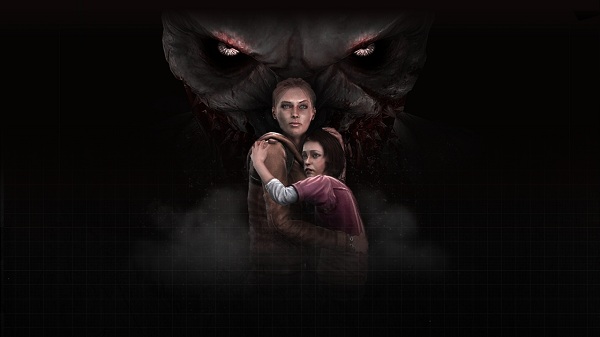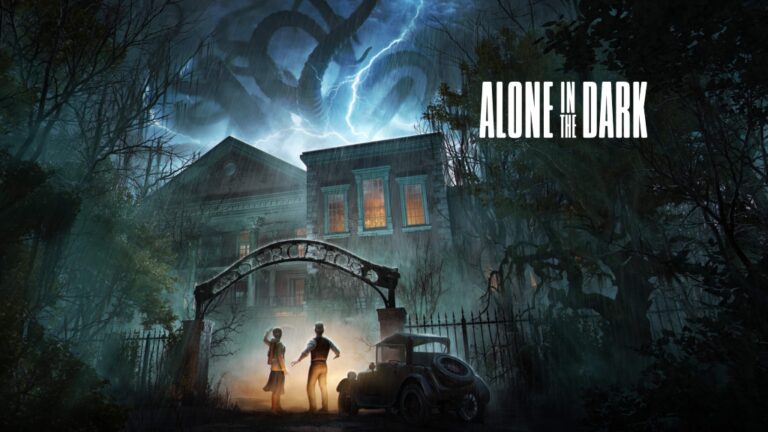I just don’t know where to begin with you, AMY. You disappoint me. Yes, I know the odds are against you and all for being an indie developed title in a world filled with big, bad corporate funded games, but that does not excuse you from being a broken, unpolished and badly designed experience. It hurts me to say this after seeing so much potential in you. In an industry where true survival horror experiences are rare, I put much faith in you. I’m sorry it had to be this way…
AMY is the latest title from French developer, Vector Cell. It is an ambitious title that promised a full game experience for the low price of $10 across digital markets. Instead of flaunting the game’s scope, the developers should have taken a step back and examine how flawed their game was before releasing it. AMY is filled with poor design choices, awkward controls (even for the survival horror genre) and shallow characters. This game should have gone back to school to learn the fundamentals of what makes a game work and be fun to play. An omen to these flaws can be seen just in the opening cinematic. The framerate dips, it lags a bit, and it’s terribly acted.
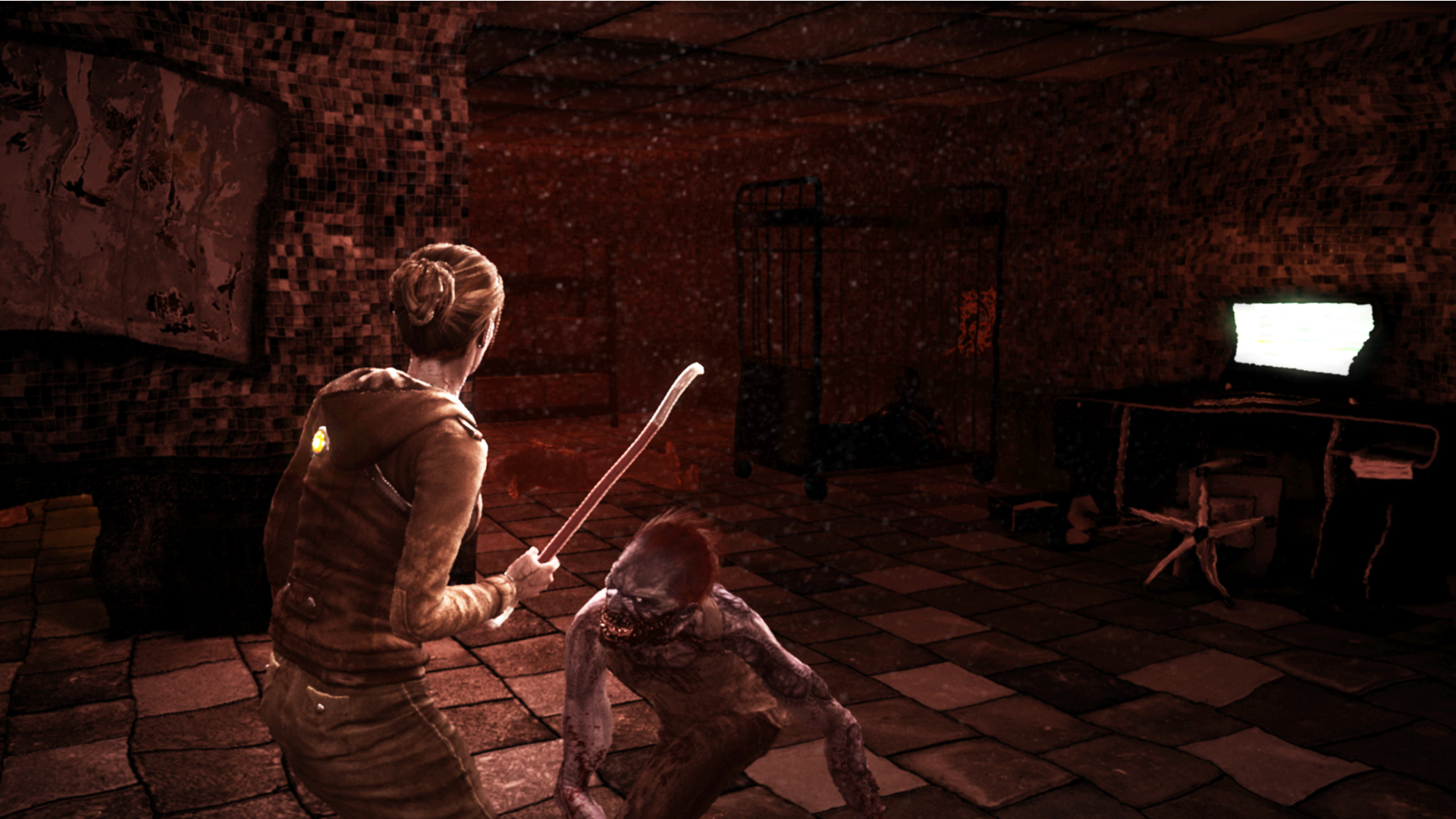
The character in which you play as, Lana, is infected with the same contagion that the game’s enemies are. Being in the presence of the autistic and telepathic Amy mysteriously slows the infection. The premise is very interesting and I had hoped it would provide some engaging gameplay, but the surrounding flaws distracted from it. AMY’s own AI is also just awful. There’s no reason why she should wander off as soon as Lana lets go of her hand. She’s autistic, not suicidal.
To determine Lana’s infection stance, she wears a mechanical strap on her body that emits either green, yellow, or red light. Green being healthy, red meaning death. When the infection is spreading due to not being in the presence of Amy, Lana begins to hallucinate. The world around her shifts and turns in a truly entertaining way. The sound design—which is actually really good—compliments the scenes with whispers, noises, and other creepy sounds. A problem I faced with the infection indicator was when the light on Lana’s back didn’t change colors and I ended up just dieing. There is little to no reaction time when the indicator actually turns red. The clunky controls prevent you from escaping any hazardous red zones.
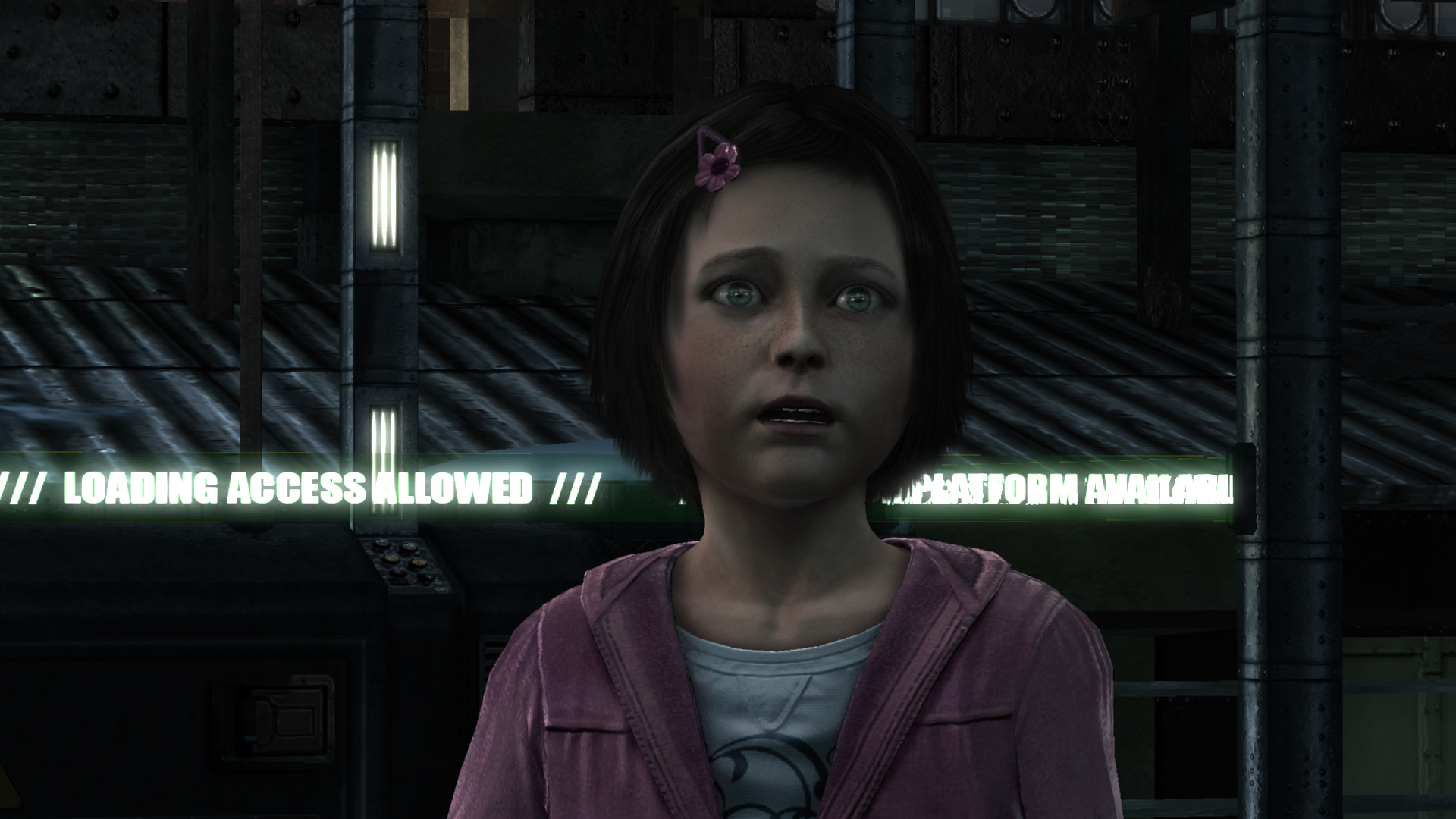
This game has an incredibly terrible checkpoint system. I found this out the hard way, and let me tell you that it helped revealed even more issues. Because of other issues that I will address shortly, I decided to take a break from the game to cool off. Upon reloading the game, I discovered that AMY does not save your progress mid-chapter. So what happens? You are forced to restart the chapter because it won’t save your progress. There’s no active save mechanism, so you’re forced to finish a chapter before you stop playing.
Due to this, I discovered that my first time through the game’s first chapter was filled with bugs that completely removed key scare moments. Walking into a bathroom at the start of the game did not trigger an event the first time around, nor did an enemy attack me shortly after. This was all saved for my second playthrough of the chapter which was also buggy, because the man attacking me was still on the floor where I originally found him. He wasn’t a generic monster character, so this was not an issue of model reuse. The game just did not remove his previously thought-to-be-dead corpse from the ground when he attacked me.
Because enemies are much stronger than Lana, you must use stealth to your advantage. An issue here is so basic that I can not believe it passed testing. Walking or sneaking near a wall—something that makes sense since you must look over or around cover—slows down Lana significantly. This is an actual issue with collision detection; it doesn’t make sense. Why should Lana get stuck to walls as if they’re made of glue? Time sensitive sneaking becomes a hassle due to simply trying to walk along a surface to remain undetected. This especially becomes an issue in chapter 5 in which you must sneak past enemies without being seen. That’s not the best part, though. It seems that the developers stuck in a purely stealth mission here, but didn’t even care to say so at the start of the chapter. Instead of just dying by the sheer number of enemies in the area, they decided to secretly change the parameters regarding a game-over. Be seen and that’s it–you will have to restart to the very beginning of the chapter.
The game is filled with trial and error gamplay. This would be somewhat OK if it wasn’t for the horrid, NES-era save system that forgets that you’re playing this game with hopes of completing it over time and not in one sitting.
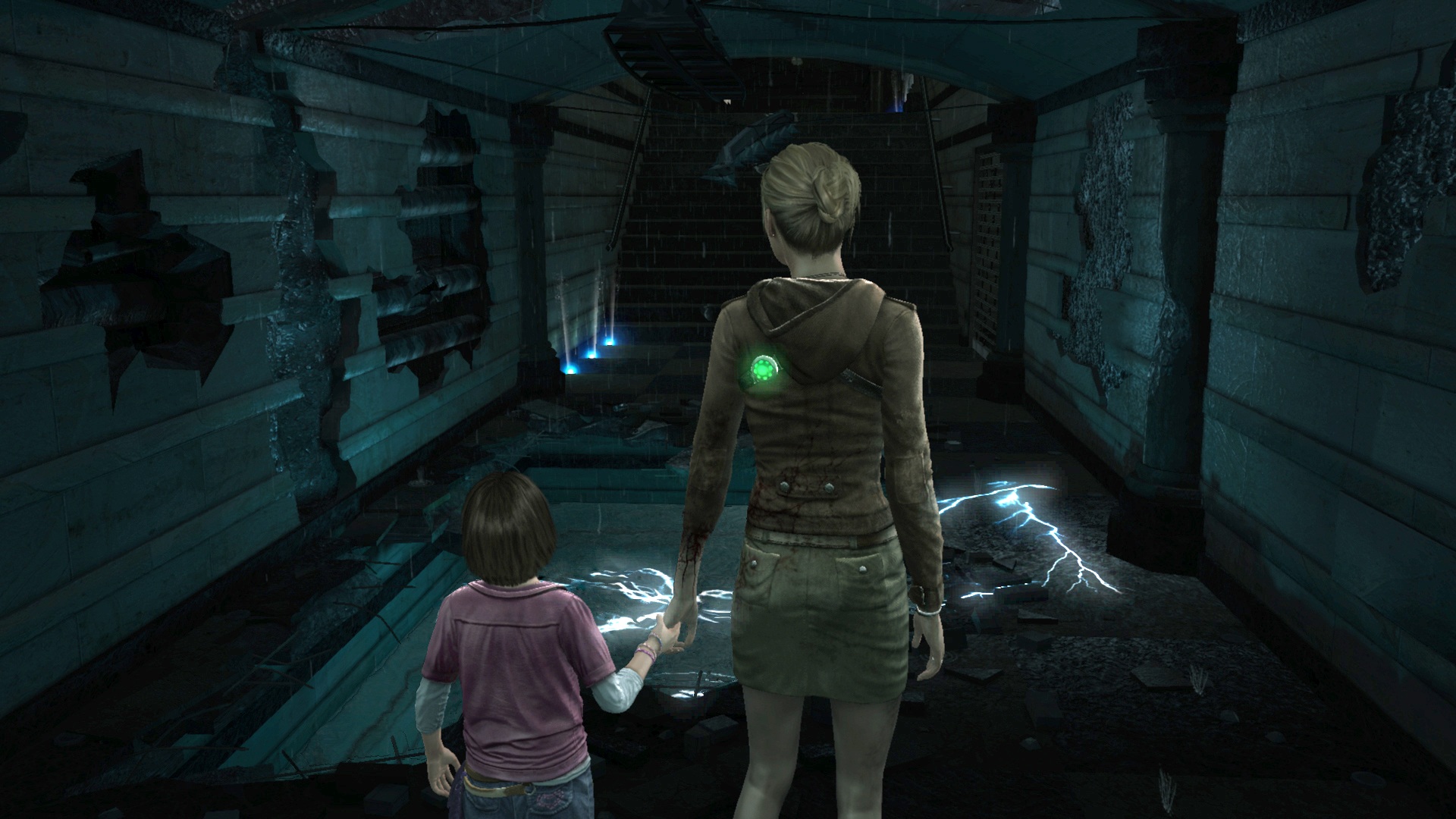
Navigation in a level is left up to a shoddy waypoint system. It’s inaccurate and moves too loosely. Trying to find doors that were locked to a specific key type becomes a huge inconvenience since the game does not give you much room for alternative routes. In a level filled with guards or monsters that can end up anywhere and break out of their own pre-determined paths, you would think a map or a simple system to recognize color coded doors would be implemented. Nope.
AMY puts an emphasis on puzzle solving and stealth. Combat is meant to be a last resort. Sadly, it seems that the developers of AMY see puzzles as annoying computer matching games that are also based on trial and error. The other form of “puzzles” is pressing a switch and debating whether Lana or Amy should be the one at the receiving end of the switch’s effect. It’s easy, trivial, and nothing more than a means to distract you from the game’s broken everything.
Combat is lackluster, but that was expected. Lana can swing at enemies with weapons found in the environment–there aren’t many. These weapons don’t last because they deteriorate after use. They also like to disappear from the inventory when you die and reload a checkpoint where you should still have them in your possession. The same can be said for Amy’s telekinetic powers. You’re supposed to unlock them and use them throughout the game to make things easier, but the developers seemed to have not noticed that they disappear when you die or move onto another chapter. This leaves no purpose to Amy’s power wheel which should be filled with abilities but never holds more than one.
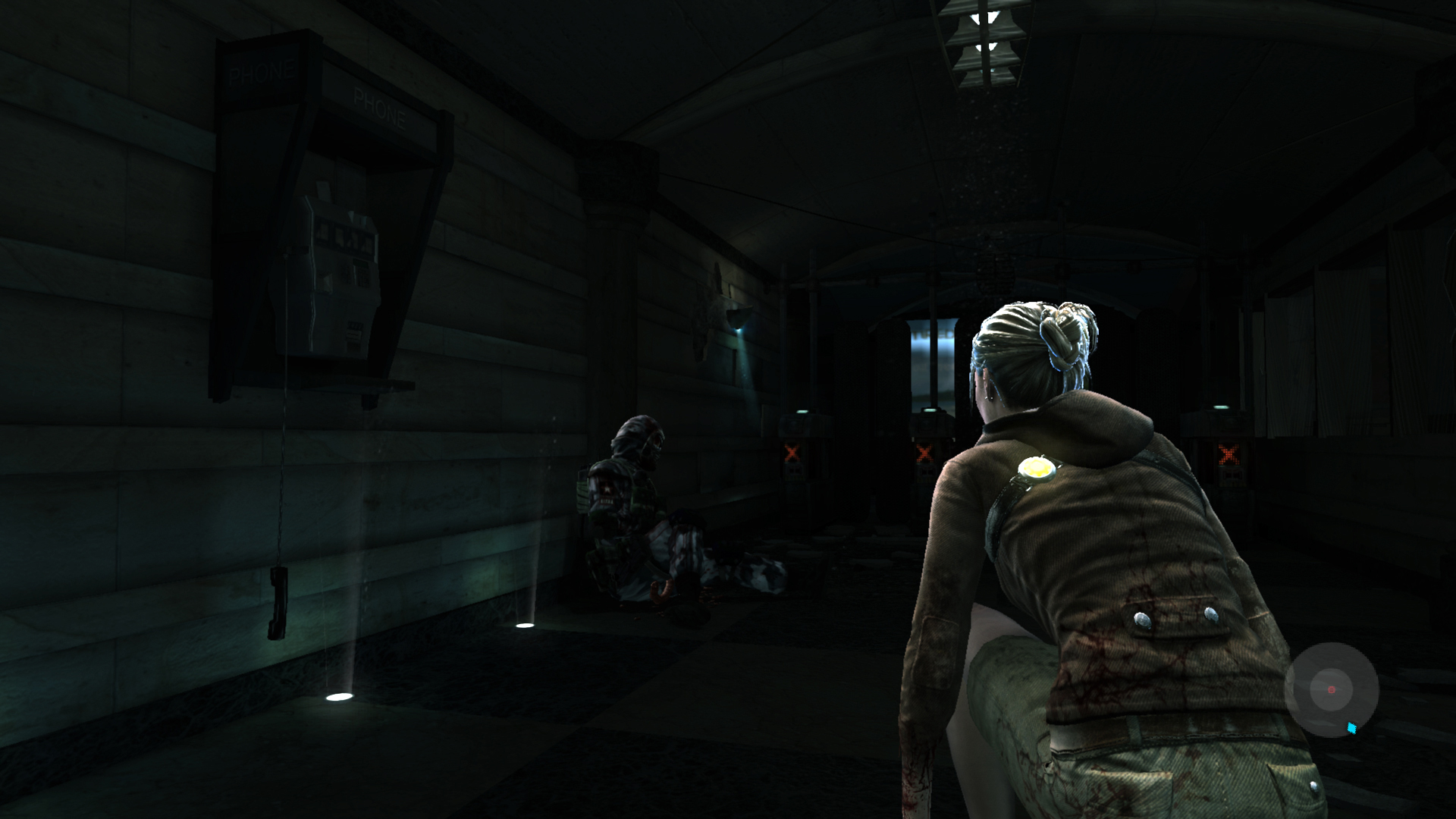
The only positives about the game is the premise, visuals, and the sound. The gameplay these issues are wrapped around is abominable. AMY should have been left in development for several more months. It’s disappointing seeing a game that I was so excited for be released in such an unfinished state. After numerous promises about the game’s full retail experience, I think even $10 is too much for this title. If you’re a survival horror fan looking for something to tide you over, look elsewhere. AMY is just too flawed for its own good.
 (3 / 10)
(3 / 10)
Poor
 (3 / 10)
(3 / 10)Rely on Horror Review Score Guide
Developer Challenge: Because I like the premise of the game so much, I am willing to put faith back into Vector Cell and let them patch AMY. If they can provide a substantial update to AMY that fixes the majority of these technical and design problems, I will gladly change my score. Hydrophobia did something like this not too long ago, and I think AMY can do it too. I never want to hate a game, so I am hoping Vector Cell can deliver at least a means to fix the many holes in its creation.

